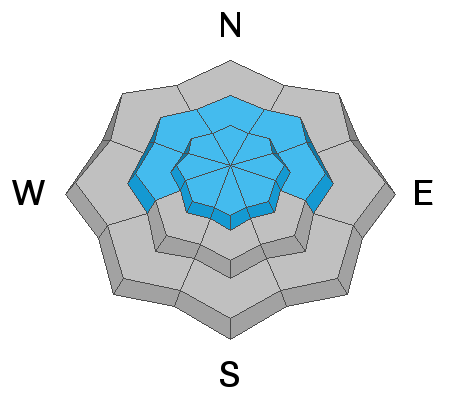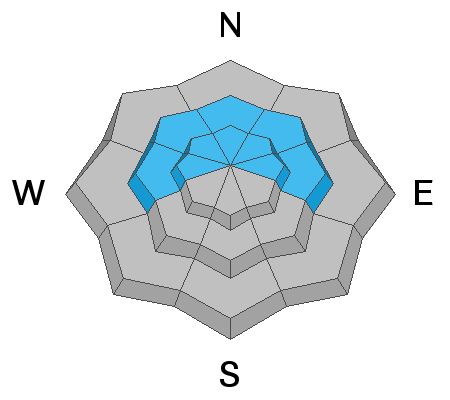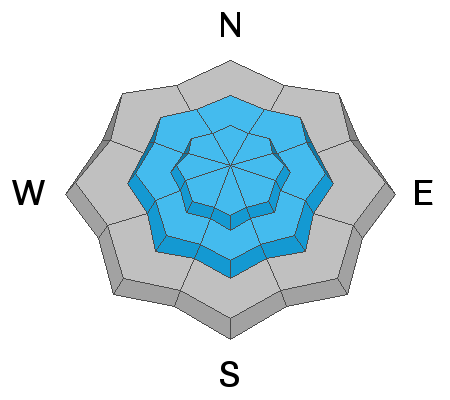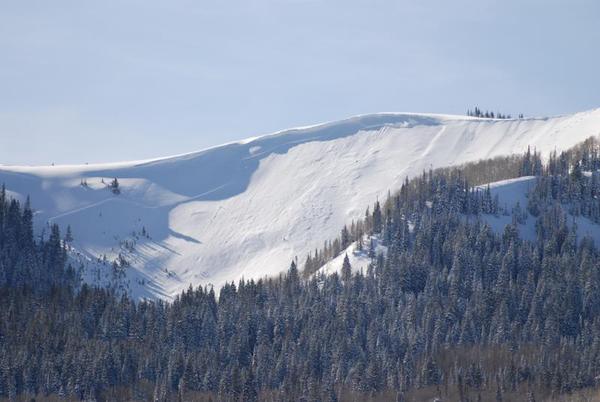Forecast for the Salt Lake Area Mountains

Issued by Nikki Champion on
Thursday morning, January 16, 2020
Thursday morning, January 16, 2020
The danger may not look much different from recent days, but recent strong winds have dramatically changed conditions. Today, look for signs of wind drifted at all elevations, and avoid those slopes.
Today, a CONSIDERABLE avalanche danger exists on all upper elevation slopes, and north, east and west-facing mid-elevation slopes with recent deposits of wind drifted snow. Human triggered avalanches are likely with naturals possible, particularly with cornice failure. Large cornices have been falling and more should fall today with high winds and warm temperatures.
Today, a CONSIDERABLE avalanche danger exists on all upper elevation slopes, and north, east and west-facing mid-elevation slopes with recent deposits of wind drifted snow. Human triggered avalanches are likely with naturals possible, particularly with cornice failure. Large cornices have been falling and more should fall today with high winds and warm temperatures.
Some localized terrain still possesses the potential to step down into the older weak layers deeper in the snowpack.
A MODERATE danger exists at south-facing mid-elevation slopes and all low elevations where wind drifts can exist on isolated terrain features.
A MODERATE danger exists at south-facing mid-elevation slopes and all low elevations where wind drifts can exist on isolated terrain features.
ROOF AVALANCHES - With so much snow on roofs in mountain valleys, warm temperatures may cause snow to slide off roofs. These can be deadly especially for children playing near a house. A few roof avalanches were reported in Big Cottonwood Canyon.
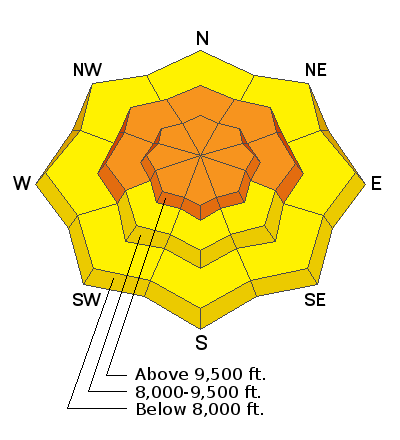
Low
Moderate
Considerable
High
Extreme
Learn how to read the forecast here


